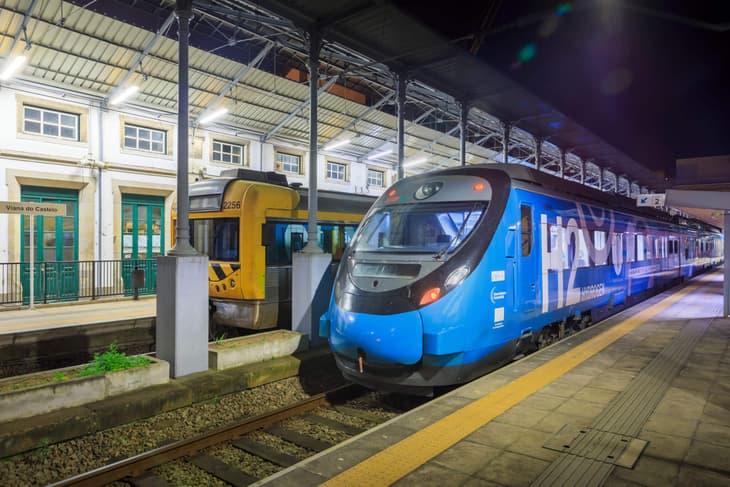The FCH2RAIL consortium has completed testing of the first hydrogen-powered train in Portugal.
From April 3-6, the locomotive travelled on the Minho Line, between the Valença and Nine stations, reaching over 8,500km in hydrogen mode when grouped with its previous testing in Spain last year (2023).
Following the test programme, FCH2RAIL has obtained the authorisation to run the train demonstrator in a second European country.
... to continue reading you must be subscribed





